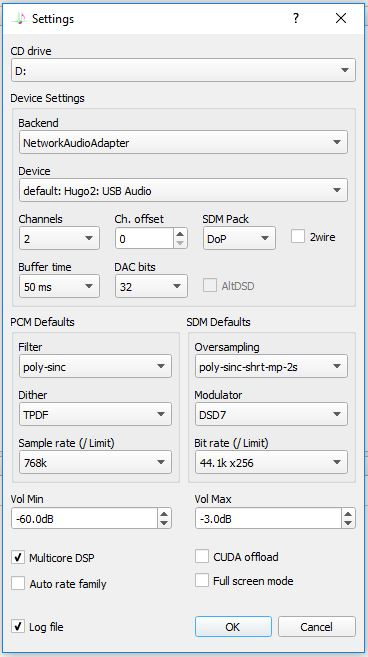


Is implemented in hardware, so has the flexibility and convenience of being decoupled from a PC with softwareģ. The M-scaler proves it performance (measured), and there is the maths to back it upĢ. My responses were in rebuttal to the whole premise of this thread, which as I see it, was written in such a way & intended to call the m-Scaler out for being a load of overpriced hogwash. My guess is that its due to the 80-bit floating point math available in CPUs vs the 64-bit in FPGAs. It was at these times that i was convinced that MScaler/HQP were not only equivalent(identical?) in their filter/shaper implementations but that HQP revealed more information, IMO. This 'quick' A/B was sequential - a memory compare. and just for a particular passage or timestamp. and thats when i would queue it up for a A/B comparison with MScaler. Then, as I said, occasionally, a song would sound particularly 'different' from the way I know it. I focused my listening sessions on HQPlayer. and also being convinced that the SINC-M/LNS_15 combo PCM filter was a WTA1 match. and got an even better 15th order shaper (LNS-15) from him. I take credit for asking Jussi to implement an 11th order noise shaper like MScaler has. For my own product testing, i just wanted a HQPlayer filter that sounded 'just like' WTA1. (more amazingly real as you also remove the many layers of RF noise from the DAC). But after extended listening you realize (i realized) that MScaler actually sounds amazing real. its usually because it sounds a tad thin and has an exaggerated sense of depth as it pulls apart the performers on the stage. Click to expand.When there is a negative user comment of the Chord MScaler 'sound'.


 0 kommentar(er)
0 kommentar(er)
